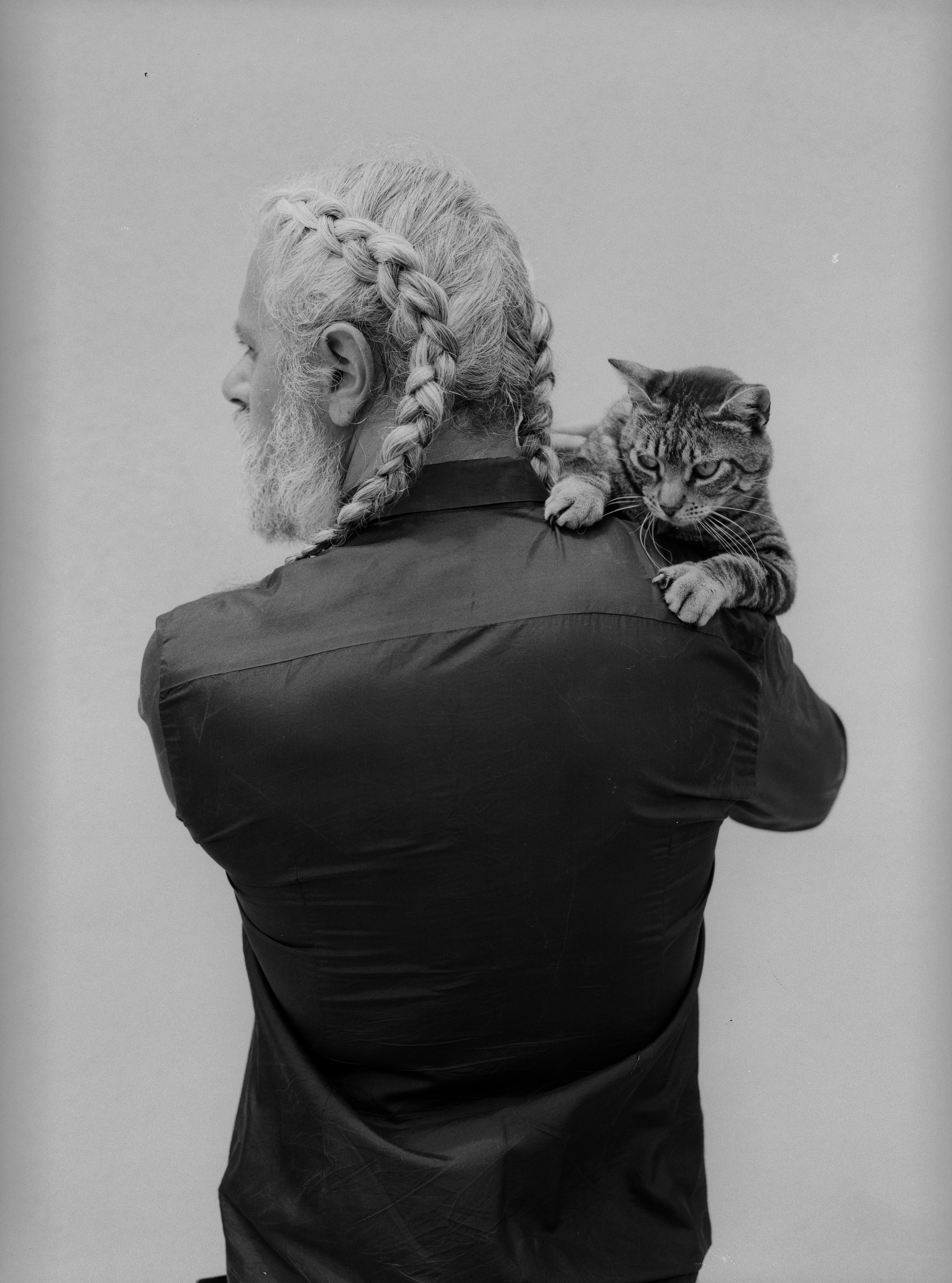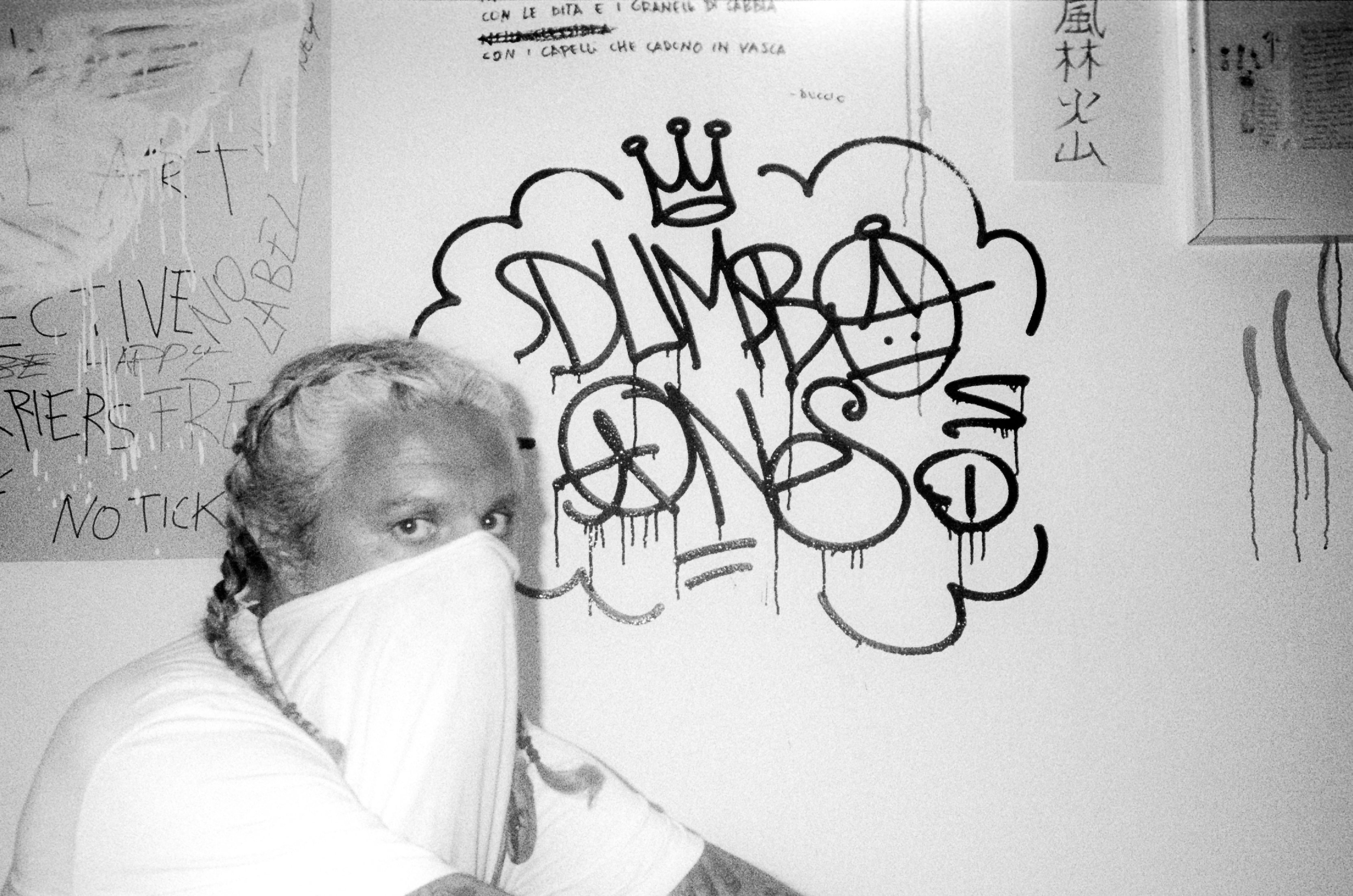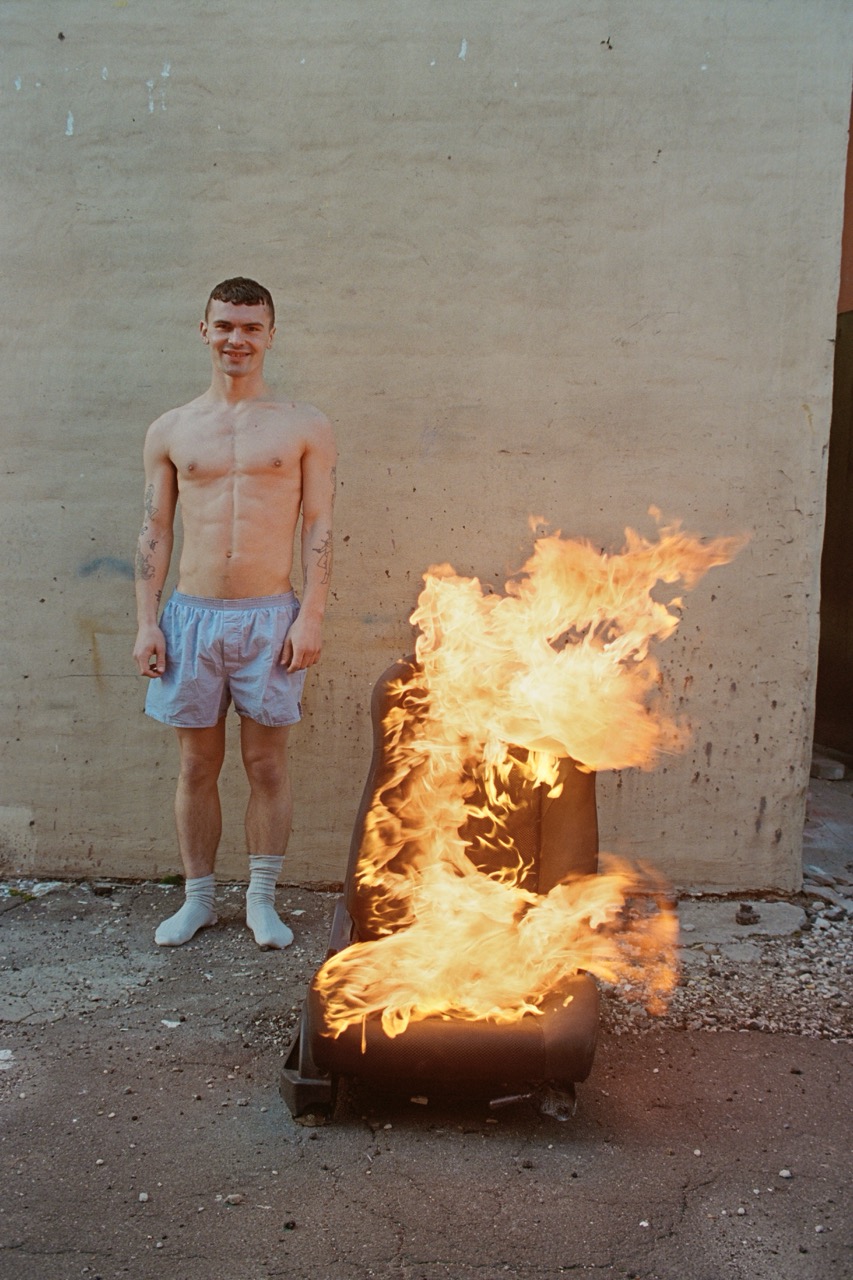Stay informed on our latest news!
Focusing on the connectivity of history through realism, 'PAST is PRESENT is FUTURE' powerfully articulates the disposition of energy in time. While the multi-medium artist has carved out his visual language, he has adjoined written pieces of work within this exhibition that further contribute to this preservation of time in history. Dr. Virginia-Lee Webb is a scholar, writer, and curator who has contributed Oceanic and African sculptors and masks from a significant private CT collection. This addition of historical artifacts provides greater context to the exhibition's narrative. 'PAST is PRESENT is FUTURE' explores the web of connections that make up the cosmos. Lance De Los Reyes states "I have learned that anything a human thinks about, says, or acts upon operates much like a boomerang. If you throw it into the universe, the energies of what people think about, say, and do may possibly manifest, becoming karmic boomerangs that return tenfold."



























































